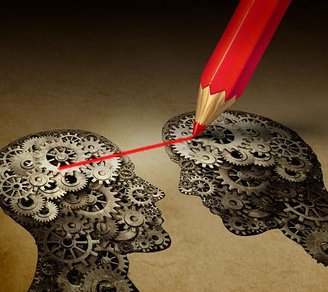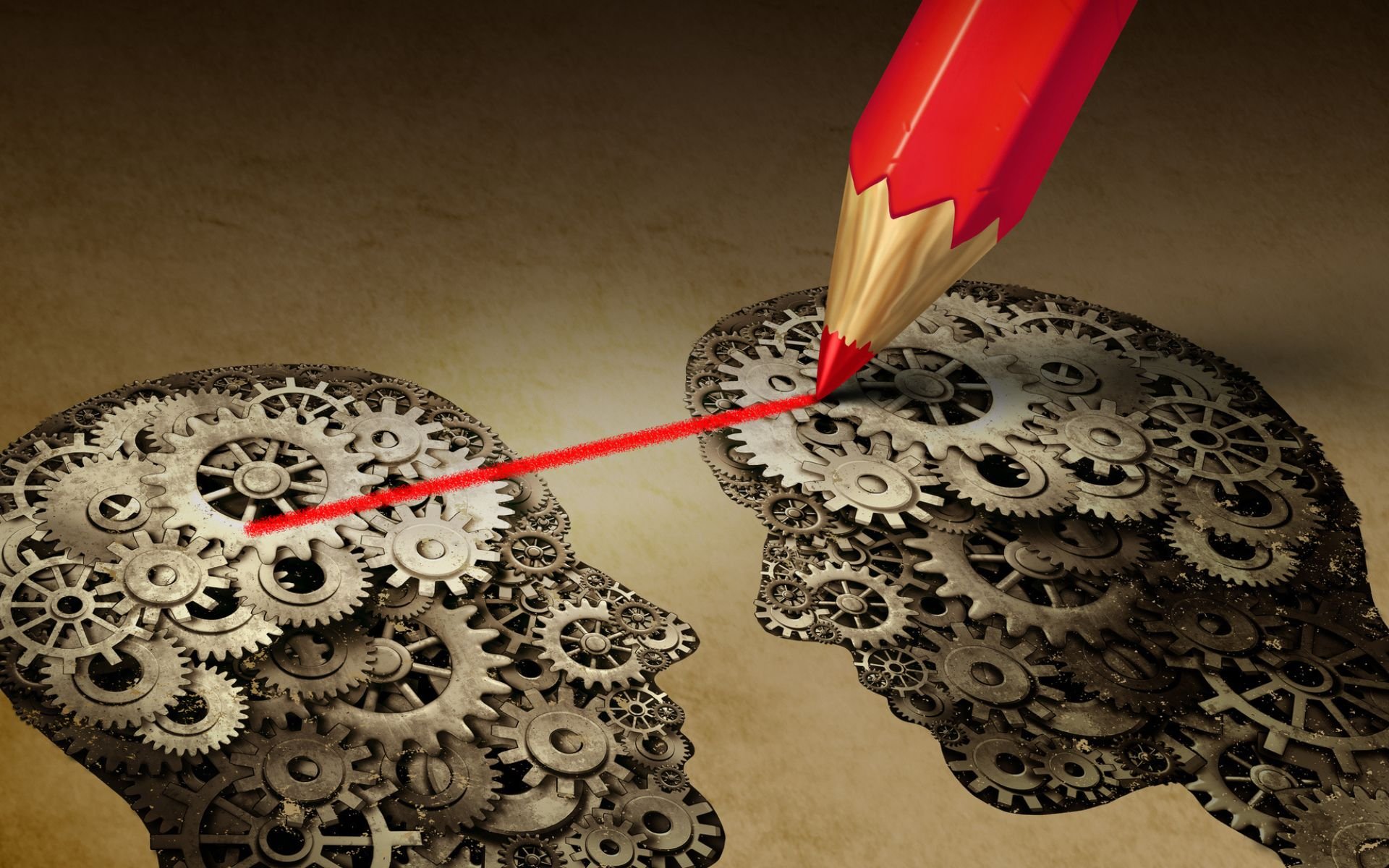“They don’t want you to know, but…” When was the last time you heard that expression? Pseudoscience has entered our lives under the guise of truth and freedom. Social networks We gave voice and space to theories that seem harmless but can cause great harm to people’s health and quality of life.
It would be simple to say pseudoscience is science’s evil twinbut it travels a long way and can also be dangerous and significantly impact people’s lives.
Phrases like “they don’t want you to know”, “their plan is to destroy humanity”, “they control you” can often be heard before an exaggerated statement that will make you laugh or think for a while. days. After all, a half-truth is all it takes for your brain to start considering this possibility.
Factors that trigger doubts about the plausibility of pseudoscience are those who promote it and the clothing they use to present information that is not always accurate.
They are professionals who call themselves ‘experts’ and publish information that is accessible with a swipe on your social network feed. It is easier to discredit a person shouting in the square than an authority figure. It is stated in the arguments that there are studies using scientific clothing and showing that “x” percentage of participants show a certain behavior.
Half-truth danger
The line between science and pseudoscience is thin, and often both are born in the same cradle.. Theories and hypotheses are developed from observation of reality. There is knowledge produced by common sense, faith and finally science.
For example, it is common sense that if you pass a speeding car, the outcome will be bad for you. Beliefs are cultural knowledge that is passed from generation to generation and can be inherited within families, a people or a region.
Faith makes you believe that something happens because of a force or entity, while common sense allows you to verify that this phenomenon has occurred many times. In this panorama, The role of science is to test the phenomenon until we get the answer about how it happens, why it happens, what causes it, and whether there is another explanation..

Pseudoscience stops at the question “how does it happen?” and looks for evidence to prove its theory rather than looking for deeper explanations. Simple explanations, often unproven, tested to exhaustion, and capable of sensationalism, carry the smell and taste of pseudoscience.
Pseudoscience drives a million-dollar market of unproven products. While any object may not even pose a risk to your physical integrity, the conversation is different when it focuses on health treatments..
With the sale of treatments using “quantum methods”, drugs, infusions and the like, the risks reach enormous proportions. Therefore, always seek reliable sources of information and advice from experts. Do not stop or change treatments without your doctor’s knowledge.
Is there anything you want to ask? Tell us on our social networks and get the opportunity to share the article with your friends.
Source: Tec Mundo
I’m Blaine Morgan, an experienced journalist and writer with over 8 years of experience in the tech industry. My expertise lies in writing about technology news and trends, covering everything from cutting-edge gadgets to emerging software developments. I’ve written for several leading publications including Gadget Onus where I am an author.













